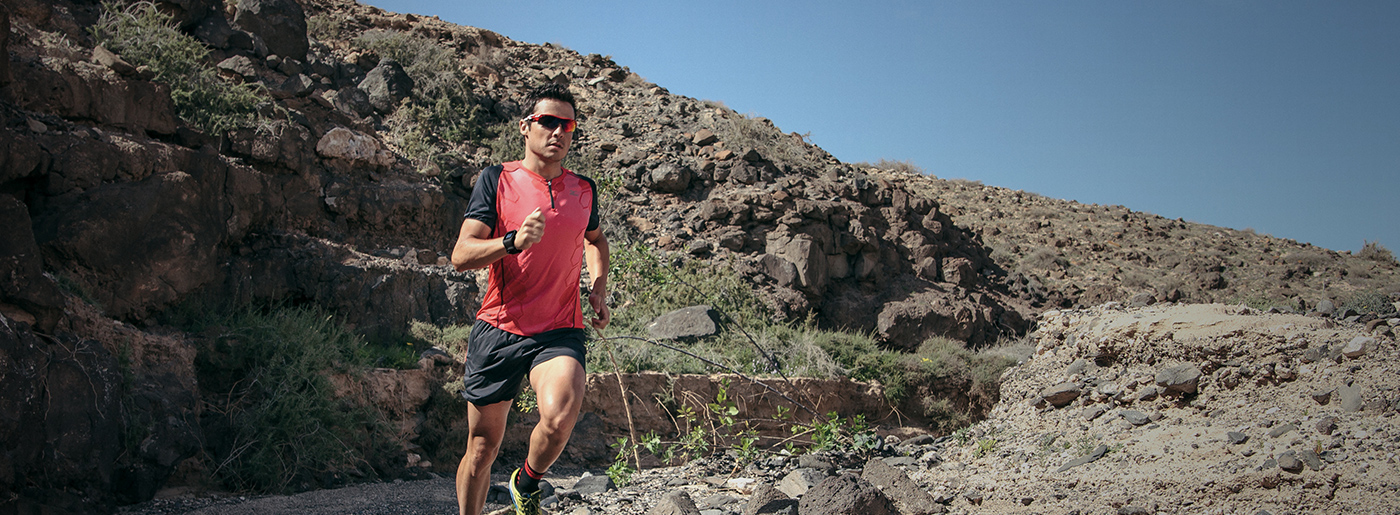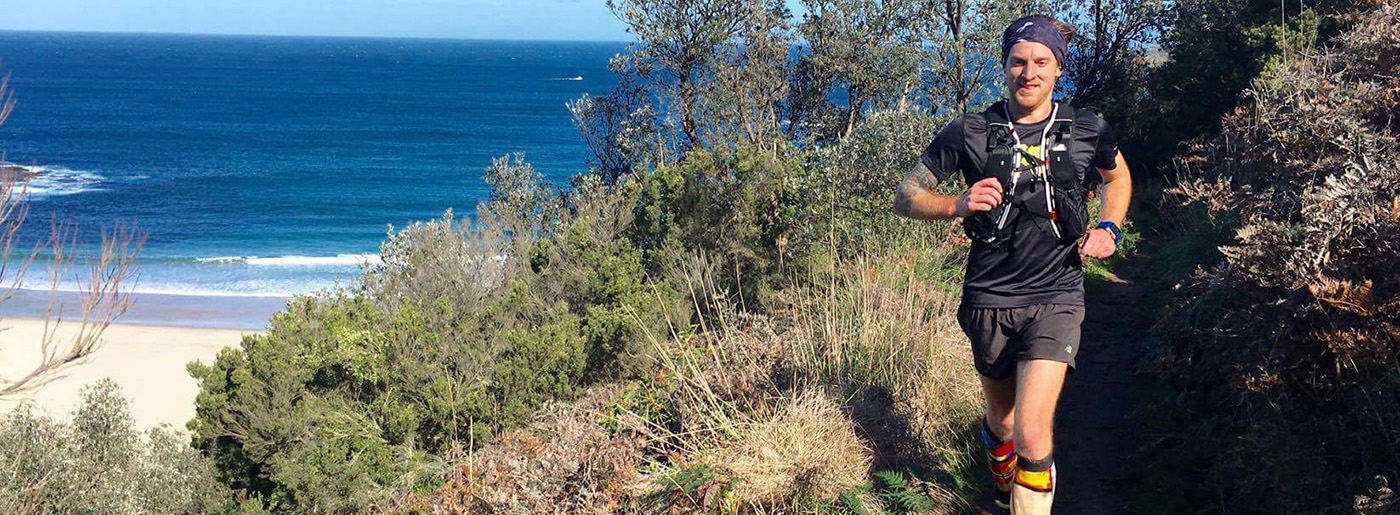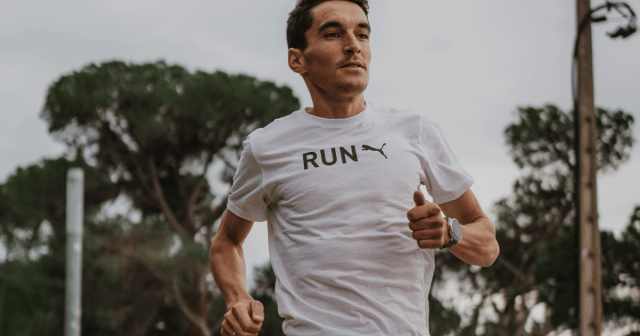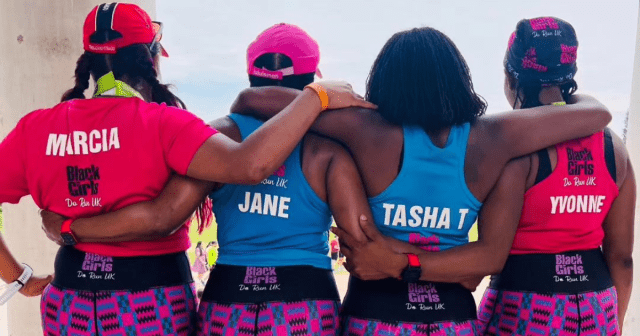If you’ve ever run a marathon, congratulations! You’re officially among the 1% – of people who have ever completed a 26.2-mile race, that is. And if you’ve ever run an ultramarathon? Well, you’re part of an even smaller – but very close-knit – community.
Over the past decade, as marathons have become bucket list items and are increasing in popularity annually, the ultra running community has stayed fairly small. But if you’re runner, it’s very likely you know someone who has dabbled in – or is happily addicted to – ultra running.
What is it about those longer-than-26.2-mile races that make people so driven by endorphins? If you’ve dabbled in endurance training and racing, is an ultra something you should consider?
Take it from Mary Arnold, who knows her way around an ultra course. Arnold, a co-leader of November Project’s New York City tribe and a co-founder of Run 4 All Women, has completed 66 races of a marathon distance or more – including the Vermont 100 last month. (She finished in 23:11; her 100-mile PR is 21:07.)
Here, Arnold breaks down everything you need to know before clicking that oh-so-tempting ultra race registration button.
What exactly is an ultramarathon?
“An ultra is any race of 26.3 miles or longer. The distances can vary beyond that, but the most common distances are 50K, 50 miles, 100K, or 100 miles. When I started running ultras in 2010, there were 75 domestic (North American) 100 milers. Now there are 120 – and counting.”
“Over the past few years, we’ve seen the rise of the 200-mile distance. There are now seven 200-mile races in the United States.”
What would you tell someone who wants to run an ultra but isn’t sure they have what it takes?
“I’d ask a question: What drives you? Is it something you want to check off a list? Are you seeking a different challenge? Then I would tailor my advice accordingly. Most importantly, I’d say that if you’re up for the challenge, that’s awesome! Then start reading up and studying.
Think about what course you want to do. Think about why you’re doing it before you select a specific race. As more people are participating in ultras – which is wonderful – there’s less thought being given to which race to do. People tend to just want to do an ultra. And that’s okay, but think about the kind of races you enjoy currently, and look for an ultra that matches that.”
How do you go about choosing an ultra race?
“If you’re somebody who really loves hardcore road racing and you want to see if your speed translates to ultras, consider a 50K that takes place mainly on roads. If you’ve done a few trail races, like Spartan or Tough Mudder-style races, consider something like The North Face Endurance Challenge Series.
Think about what you like, and look to do that with your first ultra.
Think about what you like, and look to do that with your first ultra. If you’ve only run roads and then you jump into a trail 50-miler, it’s going to be much harder to be successful.”
What about the snacks?
“The challenge with ultra running is you’re out there for longer than you are during a conventional distance race. It’s crucial to fuel appropriately, whatever that means for you. The average-sized human needs to take in 200–300 calories per hour. And because of that, many ultras have developed an aid station culture.
The aid stations offer everything from basic water, Gatorade, and salt tabs, to gummy bears and Swedish fish, to – like at the Vermont 100’s Margaritaville aid station – burgers cooked to order. After a certain point in time, you just don’t want to eat any more energy gels, and some people are really successful fueling with regular whole foods. It’s all about keeping energy levels consistent for a long period of time.”
Is it true that the first ultra happened by accident?
“Yes! The very first 100-miler – now known as the Western States 100-Mile Endurance Run – took place in 1974, when Gordy Ainsleigh set out to try and complete a 100-mile horse race, the Tevis Cup, on foot. He did it in just under 24 hours, and, five years later, the 100-mile race was born.
the ultra sub culture hasn’t really changed all that much. It still has a really old-school feel to it, and I think that’s part of why people love it so much.
And since then, the ultra sub culture hasn’t really changed all that much. It still has a really old-school feel to it, and I think that’s part of why people love it so much. It’s so different from a major race where you’re jammed into a starting corral with thousands of other people. In an ultra, you may only be in a field of 200 to 300 people, and you may be running by yourself for a big chunk of the race.”
How do you cope with the dark or staying awake for 24 hours straight during a 100-mile race?
“I was ridiculously afraid of the dark until my mid-twenties, so that was definitely something I had to overcome. Experience helps you get through it. Plus, I remind myself that when I’m out there, I smell so bad that no beast of any kind is going to want anything to do with me!
The dark can influence your mind and you may experience hallucinations during the evening hours. That happened to me once, at the Wasatch 100 in 2015. I had been doing well as I came through the aid station at mile 54, and I was planning to pick up my pacer at mile 75. I ended up getting lost in the backcountry and ran four miles in the wrong direction. So now it’s totally dark – with the exception of the light from my head lamp – and I’m making my way up this climb, all by myself, surrounded by beautiful but really thick trees.
Then out of nowhere appears the Silver Surfer on a surfboard, right next to me. I scrubbed my eyes, but he didn’t go anywhere, so I made my way along the trail, and the Silver Surfer followed me all the way until mile 63. He was just floating there, mocking me. I ended up DNF-ing that race, and the Silver Surfer didn’t leave my side until the sun came up.”
A DNF during an ultra race is fairly common, right?
“DNF stands for two things: ‘did not finish’ or, in the ultra community, ‘did nothing fatal.’ The term can be a little polarizing – people tend to start a race willing to do anything to avoid a DNF. And that can be admirable, but sometimes it doesn’t make sense. Just be smart. Ultimately, you want to be able to do this for a long time. Patience and dedication are key in this sport, and you don’t want one spectacular race preventing you from ever running another one. There’s no shame in DNF if it means you stayed safe.”
Crewing and pacing are big deals at ultra races. What’s that all about?
“Crewing refers to the people who aren’t going to step onto the race course, but are there to facilitate your progress. In my case, that usually means my husband, my mom, and my aunt – they show up at aid stations or predetermined points along the course that the race director has deemed acceptable to crew.
Crewing refers to the people who aren’t going to step onto the race course, but are there to facilitate your progress.
So, as the runner, you may run into an aid station where your family is posted up with a cooler, sandwiches, and a bottle of Coke. So you run over, take what you need, and continue on. Your crew doesn’t follow you or drive a car next to you. They’re just allowed to be at a handful of spots along the course, and each race varies depending on its land concerns.
Pacing refers to an individual or series of individuals who have been sanctioned by the race to help you complete a portion of it. They don’t carry anything for you – like your water bottle – but they’re there to run with you, keep you motivated, stop you from throwing up, whatever you need. Most races only allow pacers after the halfway point, but each race is different. Your pacers are documented when you register, but they don’t have to pay to run a portion of course with you.”
What are your three go-to rules when it comes to running an ultra?
- Walk before you have to.
- Eat it before you need it.
- If you like it, lube it.
Those will get you through anything.
How do you plan your pacing on race day?
“My strategy with a race that’s 50 miles or longer is to run for 20 minutes and hike for one minute, and I do that right from the start.
Hiking should always be a part of your training strategy. Some newbie’s dismiss that, and go out like they’re running a road race – but by mile 26 of a 50K, they’re in rough shape.
It’s okay to just slow down, incorporate hiking breaks, and switch up your muscle groups to prevent fatigue and overload.”
How would you describe the vibe at most ultras?
“Filled with the nicest people you never knew existed. It’s relaxed, and everyone’s cool and chill.”
And what’s the most important thing to remember when it comes to ultra running?
“Honor the commitment. You’ve committed to doing something really big – probably something you never thought you could do or knew existed. So honor that with your training and prepare as best you can. Treat the volunteers with absolute kindness, support the race, and give back to the community.”
If you liked this post, don’t forget to share so that others can find it, too.
Or give it a thumbs up!
I like this article
Please note that the information provided in the Polar Blog articles cannot replace individual advice from health professionals. Please consult your physician before starting a new fitness program.





